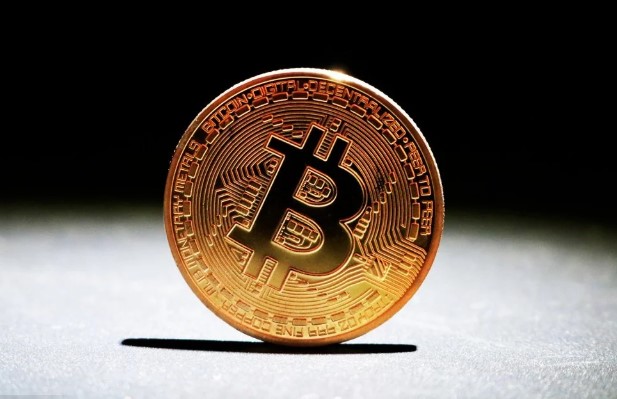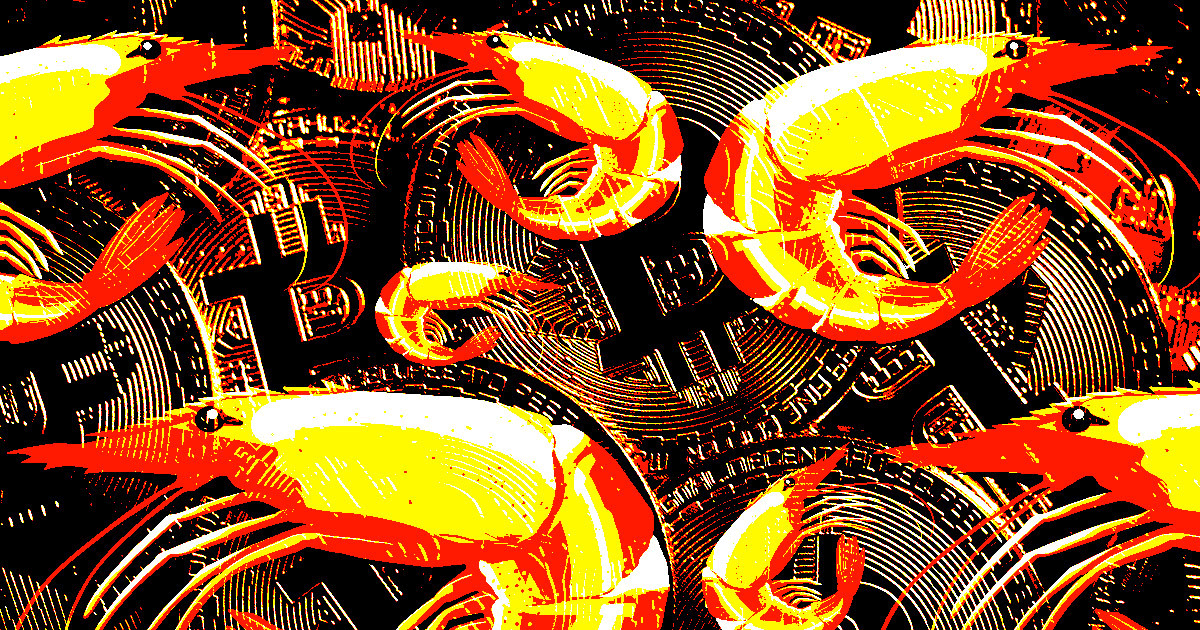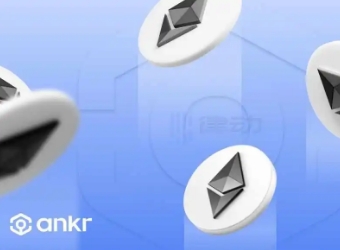Recently, the Reserve Bank of India has begun to use blockchain distributed ledger technology to experiment with the wholesale and retail versions of electronic rupees as a substitute for cash.
Recently, the Reserve Bank of India has begun to use blockchain distributed ledger technology to experiment with the wholesale and retail versions of electronic rupees as a substitute for cash.
A senior official of the Reserve Bank of India (RBI) said on Wednesday that transactions conducted through the Central Bank Digital Currency (CBDCs) would remain anonymous "to a certain extent", adding that technology and legal provisions could be explored to ensure anonymity.
India started its pilot project of digital currency (i.e. electronic rupee) on November 1, when it was open for preliminary testing.
Since December 1, the scope of the project has been expanded to include transactions dominated by consumers and retailers. At that time, the project was only used for settlement between banks.

The Reserve Bank of India has begun to use blockchain distributed ledger technology to experiment with the wholesale and retail versions of electronic rupees as a substitute for cash.
T Rabi Sankar, Vice President of the Reserve Bank of India, said at the post policy media briefing on Wednesday that "it is possible to formulate a legal provision to ensure anonymity."
"What will happen depends on how things develop, but anonymity is a basic feature of currency, and we must ensure this (with CBDCs)," Sankar added.
The Bank of India has not yet clarified the extent to which CBDC transactions will be anonymous, but the income tax department allows a certain amount of cash transactions without providing any government identification, and the same rules may apply, Bank of India Governor Shaktikanta Das said at a post policy press conference.
At present, for any deposit exceeding 50000 rupees (606.00 US dollars), a permanent account number certificate must be provided, which is the only 10 digit alphanumeric number issued to the taxpayer by the income tax department.
Bankers expressed concern about the project, saying that in the current form, they could not see any benefits of CBDCs similar to Internet based banking transactions.
Many of them also said that the unified payment interface (UPI) real-time consumer payment system allows users to transfer money between banks without disclosing account details, which may be a strong competitor of e-Rupee retail applications.
However, the Central Bank insists that both have differences and advantages to ensure the adoption of electronic rupees.
"The electronic rupee is money, and UPI is a payment method," said Sanka of RBI.
He said: "Digital currency is just like cash payment. Two private entities can provide the wallet function, and currency can flow between them. It is impossible to work with UPI, which must go from one bank to another." He added that electronic rupee does not provide privacy like UPI.
















 Tue, 18 Apr 2023
Tue, 18 Apr 2023
